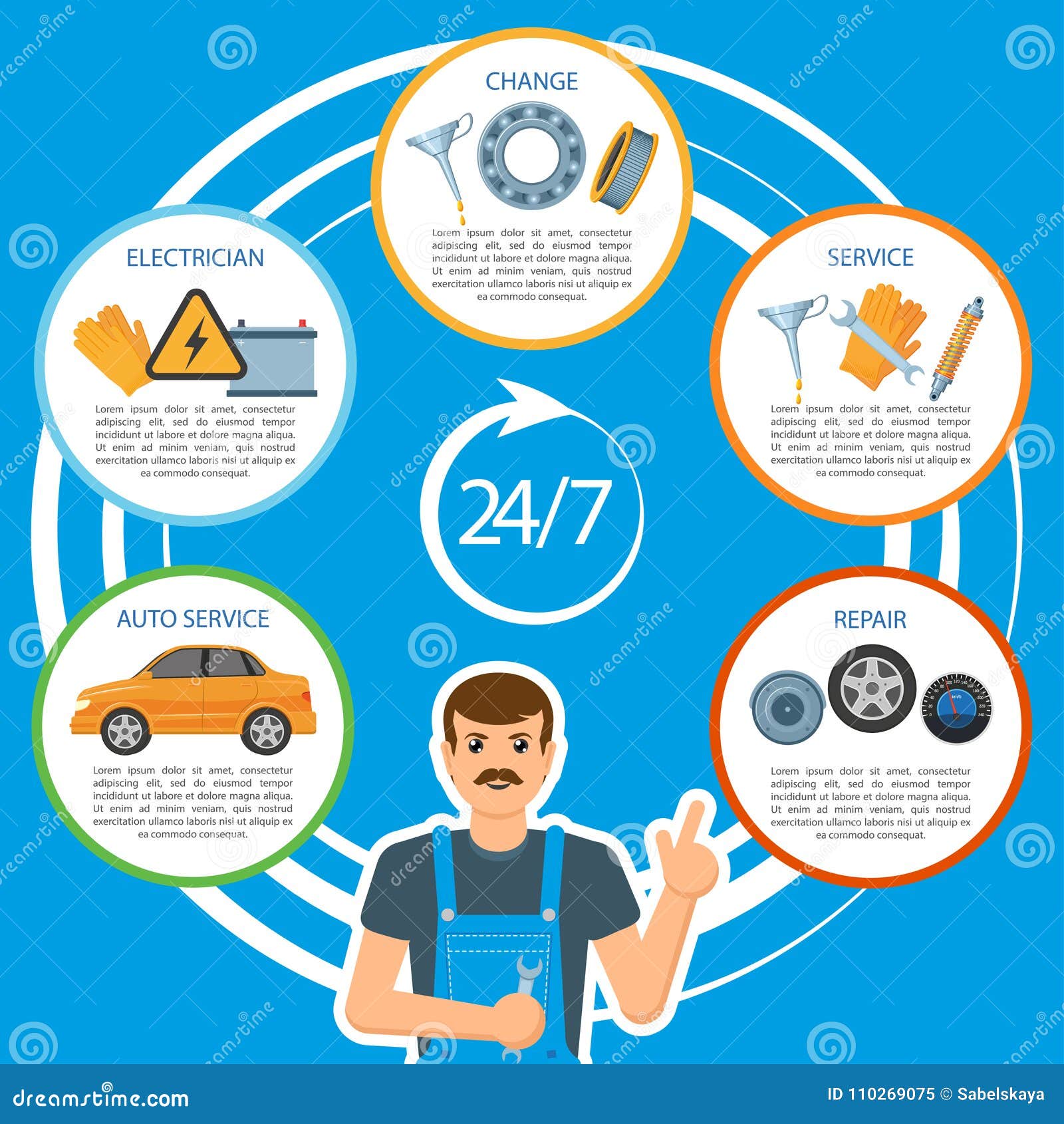Seeking Clarity On The Caution Lights Displayed On Your Auto'S Control Panel? Figure Out Exactly How They Associate With Your Lorry'S Health And Wellness
Seeking Clarity On The Caution Lights Displayed On Your Auto'S Control Panel? Figure Out Exactly How They Associate With Your Lorry'S Health And Wellness
Blog Article
Authored By-Lauritsen Alvarado
When you're behind the wheel, those beautiful caution lights on your control panel can be a little bit difficult. Do you understand what they're attempting to tell you regarding your cars and truck's health and wellness? Understanding the relevance of these lights is important for your safety and the durability of your automobile. So, the following time one of those lights turns up, would not you wish to decode its message precisely and take the necessary steps to resolve it?
Common Warning Lights and Interpretations
Recognize typical caution lights in your auto and recognize their definitions to make certain secure driving.
The most regular caution lights include the check engine light, which signals concerns with the engine or emissions system. If this light comes on, it's critical to have your vehicle checked quickly.
auto salon advising light shows low oil stress, needing instant focus to stop engine damage.
https://brake-pads50593.blogadvize.com/37148324/ready-to-introduce-the-hidden-facts-of-auto-repair-with-remarkable-discoveries-that-will-shift-your-perspective-you-ll-be-amazed-by-what-you-really-did-not-know blinking battery light could recommend a damaged charging system, possibly leaving you stranded if not attended to.
The tire stress monitoring system (TPMS) light notifies you to low tire stress, impacting automobile security and gas effectiveness. Overlooking this can cause harmful driving conditions.
The abdominal muscle light suggests a problem with the anti-lock stopping system, jeopardizing your ability to quit quickly in emergencies.
Lastly, the coolant temperature level cautioning light warns of engine overheating, which can lead to extreme damages if not fixed swiftly.
Understanding these usual warning lights will certainly aid you resolve problems quickly and preserve safe driving conditions.
Significance of Prompt Focus
Understanding the common warning lights in your automobile is just the first step; the significance of immediately attending to these cautions can't be stressed sufficient to guarantee your security when driving.
When a caution light illuminates on your control panel, it's your auto's means of communicating a possible issue that needs attention. Neglecting these warnings can bring about more serious troubles later on, jeopardizing your safety and possibly costing you extra out of commission.
Motivate focus to warning lights can stop failures and accidents. For instance, a flashing check engine light can show a misfire that, if left unattended, can trigger damages to the catalytic converter. Resolving this immediately can save you from a pricey repair.
Similarly, a brake system warning light may signify reduced brake fluid or used brake pads, vital elements for your safety and security when driving.
DIY Troubleshooting Tips
If you notice a warning light on your control panel, there are a few do it yourself troubleshooting suggestions you can try before looking for specialist aid.
The primary step is to consult your automobile's guidebook to recognize what the details warning light suggests. Occasionally the problem can be as simple as a loose gas cap activating the check engine light. Tightening the gas cap may fix the issue.
Another common problem is a reduced battery, which can activate different warning lights. Examining the battery links for deterioration and guaranteeing they're safe and secure may fix the trouble.
If a warning light continues, you can try resetting it by separating the automobile's battery for a couple of mins and after that reconnecting it. In addition, checking your vehicle's fluid levels, such as oil, coolant, and brake fluid, can aid fix cautioning lights associated with these systems.
Conclusion
To conclude, comprehending your car's caution lights is vital for keeping your vehicle running efficiently and safely. By quickly attending to these signals and knowing what they suggest, you can avoid pricey fixings and prospective failures.
Keep in mind to consult your vehicle's manual for specific information on each warning light and take action as necessary to ensure a trouble-free driving experience.
Keep educated, remain secure on the road!
